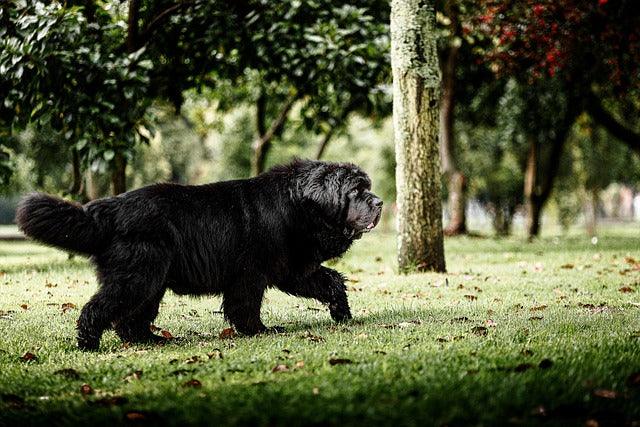
Pug: A Loyal Heart in a Small Body
1. The Story Behind the Pug’s Charm
The Pug is one of the most recognizable and beloved dog breeds in the world. With its wrinkled face, curly tail, and expressive eyes, this small companion has a personality larger than life. Originating from China more than 2,000 years ago, Pugs were bred to live in palaces and provide comfort to emperors. Today, their affectionate and playful nature continues to warm countless homes across the world.

2. Personality That Wins Every Heart
Pugs are loyal, sociable, and endlessly loving. They are known for their calm demeanor, friendly attitude, and strong emotional connection with their owners. Their gentle temperament makes them perfect companions for families, seniors, and even first-time pet owners.
They thrive on human companionship, often following their owners everywhere. Their humorous expressions and joyful energy bring warmth to any home. Whether sitting on your lap or playing around the living room, the Pug dog always finds a way to make you smile.

3. Caring for a Pug: Health and Happiness
Despite their small size, Pugs require consistent care to maintain their health and comfort.
-
Skin and Wrinkles: Clean the folds of their skin regularly to prevent irritation or infection.
-
Temperature Control: Pugs are sensitive to heat and humidity due to their short snouts. Keep them cool and well-hydrated.
-
Diet and Weight: Feed a balanced diet to prevent obesity, which can strain their breathing and joints.
-
Exercise: Short daily walks help maintain their fitness and happiness.
Their gentle snoring and unique breathing patterns are part of their charm, but also a reminder to keep them in a calm, temperature-controlled environment.
4. The Emotional Bond Between Pugs and Their Owners
The relationship between a Pug and its owner is one of deep affection and mutual trust. These dogs are sensitive to human emotions—they comfort you when you’re sad and share your happiness during good times. Their loyal eyes and loving nature make them more than pets—they become family.
When such a beloved companion passes away, the loss leaves a silent emptiness. Honoring their memory helps preserve the love they shared and brings emotional comfort to the family.

5. A Loving Tribute: Handcrafted Dog Urns
At Elysian Pet, we believe that love never fades—it simply changes form. Our handcrafted dog urns are created with care, respect, and artistry, giving families a meaningful way to remember their loyal companions.
Each dog urn is made from premium materials, symbolizing purity, comfort, and eternal love. You can display it at home or create a small memorial corner with your Pug’s photo and favorite toy. This simple act turns grief into gratitude, keeping their memory alive in a beautiful way.

6. The Eternal Spirit of the Pug
Even after they leave this world, Pugs remain a lasting presence in their family’s heart. Their happy snorts, playful attitude, and warm cuddles live on as cherished memories. A custom urn not only preserves their ashes—it reflects their joyful spirit and the unconditional love they gave.
Honoring your Pug with a dog urn from Elysian Pet helps transform loss into love. Every urn is a reminder of the companionship that never truly ends.
7. Forever Our Little Guardian
The Pug teaches us that love doesn’t have to be loud to be strong. Their loyalty, humor, and warmth remind us that true happiness comes from simple companionship.
Keeping their memory alive is a way to continue their story—one of affection, devotion, and endless joy.








